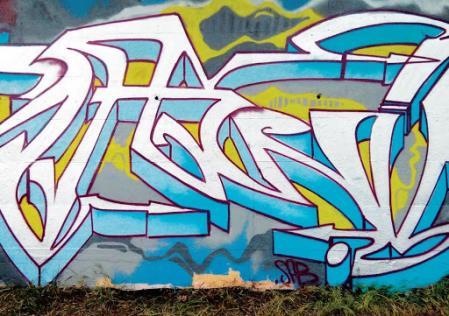
4 minute read
Comment l’Académie française a façonné l’évolution de la langue française
How L'Académie Française has Shaped the Evolution of the French Language
L’Académie française was founded by Cardinal Richelieu in 1634, with the aim of promoting and protecting the beauty of the French language. The academy comprises of 40 carefully selected members, named the ‘Immortals’ after Richelieu’s motto on the academy’s seal: “A l’Immortalité” (“To immortality”), which referred to the French language. This name reflects how the members are revered and places in the academy coveted. The selection process is lengthy and incredibly cutthroat: even great French writers such as Jean-Paul Sartre and Émile Zola were never admitted as members of the Académie française.
Advertisement
The main role of the Académie française is updating the definitive dictionary of French, which it has been doing since the 17th century. These updates are considered to be so important that they are published as official government documents. The Academy’s dictionary was created with the aim of providing information on the grammatical nature of words, their meanings and the level of language which determines their use. The words included were not limited to those used in everyday writing and speaking: the development of science and technology in the 18th century lead to the introduction of words belonging to specialised fields in the fourth edition of the Academy’s dictionary, published in 1762. Spelling was another key area which the Immortals explored, often turning to the etymology of words to guide their final decisions. Naturally, the plethora of different opinions from highly qualified and potentially quite arrogant academics lead to many discussions on this topic becoming very heated.
When writing the very first edition of the Academy’s dictionary in 1694, the Immortals were tasked with developing a language which possessed the clarity and elegance of Latin, yet also the simplicity to be accessible. Part of this was bridging the gap between written and spoken language as well as ensuring that it was not only exclusive to scholars. However, the elitist nature of L’Académie française arguably undermines their efforts to extend the accessibility of the French language. The organisation’s lack of diversity in terms of both race and gender coupled with the fact that the average age of the members is over 70 gives way to the suggestion that it is too antiquated to support the progression of the language. However, there is some evidence to suggest that L’Académie française is adapting to modern values, even if some members are still reluctant to do so. In March 2019, the feminisation of professional titles was approved by the academy, meaning that, in the words of the French journalist Faustine Wohlfart, women can be ‘linguistically recognised’.
- serves as the official guardian of the French language - the custom-made robes worn by members of the Academy cost around £40,000
Aviva Sharp
L’évolution du verlan, un argot français
Si on allait en France, on pourrait entendre des mots étranges comme teuf ou vénère qu’on n’aurait jamais entendus en cours. C’est le verlan, un argot français tel le pig-latin en anglais. Le verlan est si répandu que certains mots sont même dans le dictionnaire officiel. Le verlan consiste en l’inversion des syllabes des mots importants. Par exemple, le mot français se divise en fran et çais et ensuite le mot devient céfran. Cela fonctionne avec des mots d’une syllabe, comme fou qui devient ouf. Voyez même le nom verlan qui est le mot l’envers en verlan.
Cette méthode d’inversion existe depuis le XVIIe siècle lorsque les mazarinades utilisaient le nom Bonbours pour la maison royale de Bourbon. Au XVIIIe siècle, l’écrivain FrançoisMarie Arouet a choisi le nom de plume de Voltaire en inversant les syllabes du Airvault, le nom d’une ville avec des liens familiaux. Le verlan est devenu plus répandu pendant l’occupation allemande de la Seconde Guerre mondiale quand les jeunes l’ont utilisé pour que les Allemands ne comprennent pas ce qu’ils disaient. Des mots en verlan sont apparus dans la musique et le cinéma, et bientôt dans le rap aussi.
Actuellement, le verlan fait partie des conversations quotidiennes, et même des dictionnaires, cependant il est surtout lié aux jeunes des grandes villes et des banlieues. C’est une langue secrète dans les groupes sociaux, donc quand les mots deviennent de plus en plus connus, ils créent des nouveaux mots en verlan. Il y a le double verlan qui fonctionne en inversant les mots qui sont déjà inversés. Par exemple, le mot femme devient meuf, un mot souvent utilisé, donc on l’a inversé à nouveaux pour créer le mot feumeu. Le verlan et pig-latin montre une différence entre le français et l’anglais, même s'ils ont le même alphabet. En anglais on peut réorganiser simplement des consonnes car elles sont souvent prononcées, mais en français beaucoup de lettres ne sont pas prononcées, ainsi c’est plus facile de changer un mot par rapport aux syllabes. L’orthographe des mots en verlan n’est pas officielle car le verlan est essentiellement oral. Certains disent que le verlan menace la langue française et d’autres disent qu’il l’enrichit mais, dans tous les cas, il fait partie de la culture française aujourd’hui.












